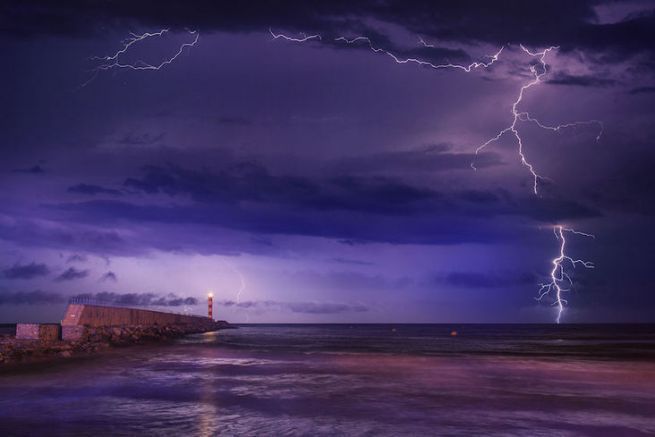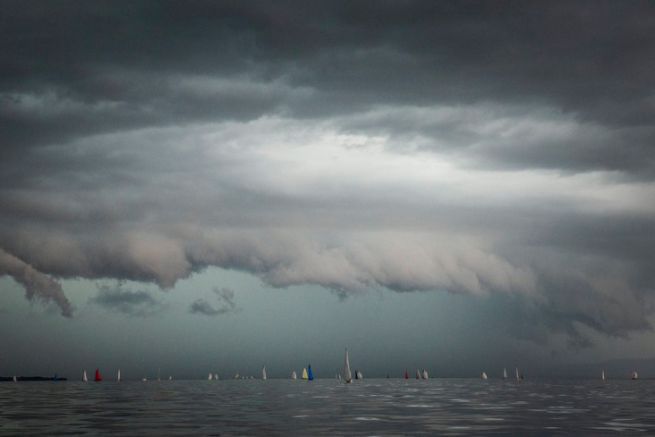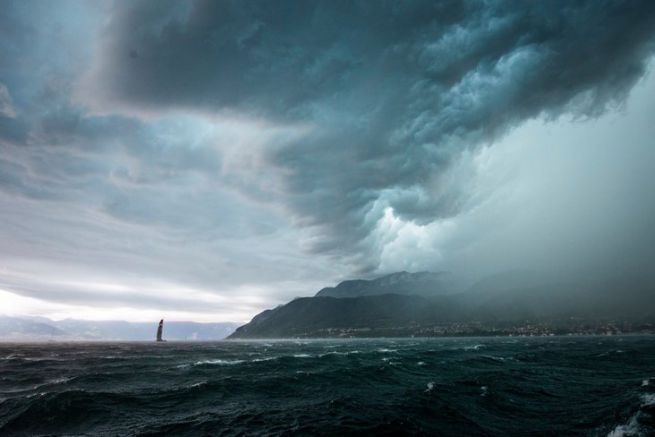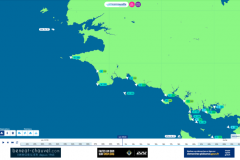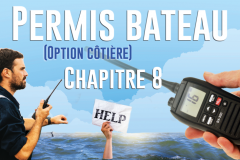How do storm squalls move?
Thunderstorm squalls move with the upper winds and it is not obvious which way the wind is blowing. Sometimes the thunderstorm will be moving in the same direction as the wind on the ground, while other times it will be moving in the opposite direction or may suddenly change direction.
The answer lies in the nature of the storm or rather in the nature of the atmosphere from which it originates. To try to guess the direction of movement, we must ask ourselves what type of storm it is.
Is it a thermal storm?
In summer, in a barometric swamp (isobars far apart), when the homogeneous air mass is strongly warmed at the surface, it becomes unstable, because the warm air wants to find its place above the cold air. In this atmosphere, a simple cumulus cloud can become a cumulonimbus or even a thunderstorm.
This type of thunderstorm, which has developed in a stable air mass, will most likely track about 20° to the left of the surface wind at sea (and even more so on land).
Is it a storm related to a polar front?
That is to say, a thunderstorm created in the area of confrontation between the cold air masses of polar origin and the warm air masses of tropical origin. The more unstable and humid the warm air mass, the more violent the storms will be, reinforcing the general instability. The cloud will develop vertically in air layers with distinct characteristics.
The thunderstorm will follow the layer of air containing most of it, which may move in a very different direction from the surface wind.
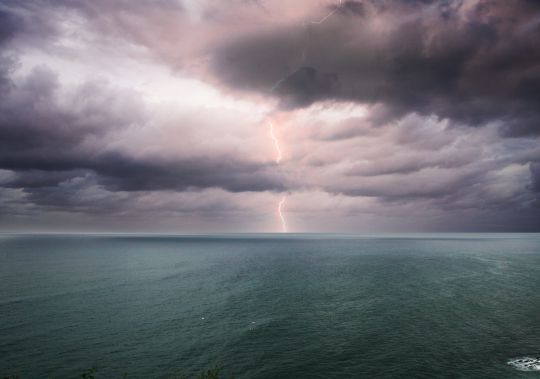
The trajectory of the storm
After having tried to identify what type of phenomenon we are dealing with, we can try to predict its trajectory.
- The bearing compass will be effective at the first flash of lightning By observing them, you can guess the direction of the storm. If the bearing is more or less constant, it means that the cloud is coming at you, it is time to change course.
- Before being under the storm, you can also use the radar if you have one. The storm cells are so dense that they send back a radar echo. We can hope to monitor its direction to get away from it.
- If you have an internet connection, as is often the case in coastal navigation, you can look at wind maps at 500 hp This is because thunderstorms usually follow this wind layer.
- Without internet, we can also read the displacement of high altitude clouds which evolve in this layer of 500 hp, that is to say around 5500 m, where the altocumulus and altostratus reside.
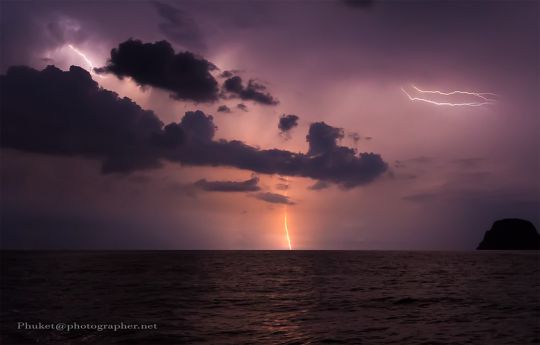
How do you know how far away lightning strikes?
The speed of light, the speed of lightning, is 300,000,000 m/s, so fast that it is imperceptible to our eyes. On the other hand, the speed of sound in air is much slower, about 340 m/s.
Thus to know at what distance the lightning strikes, the number of seconds between the flash and the thunderclap is counted, each second is equivalent to a distance of 340 m. So, 30 seconds are equal to a distance traveled by the sound of 10,200 m, the lightning fell at 10 km.
To get the approximate distance in nautical miles, you can also divide by 6.
For a 30 second difference, this method gives a distance traveled of 5 miles or 9260 m. Considering the size of the storm phenomenon, this is quite accurate.
Small reminder:
- The speed of light is 300 000 000 m/s
- The speed of sound is 340 m/s
- Each second equals a distance of 340 m covered by the sound
- 3 seconds are equal to 1km travelled by the sound

 /
/ 


